
How Emma-Kate Rose is meeting the challenges of the food chain
Posted on 03 Dec 2025
Emma-Kate Rose is the co-CEO of Food Connect Foundation, working with communities to support the…
Posted on 23 Jan 2024
By Greg Thom, journalist, Institute of Community Directors Australia

Dr Catherine Brown is about to hang up her boots after 12 years as CEO of the Lord Mayor’s Charitable Foundation in Melbourne, but her passion for making a difference is undiminished.
After starting as a commercial lawyer (which I enjoyed intellectually but didn’t really give me a sense of purpose), I took on an inhouse legal role with the MS [multiple sclerosis] Society of Victoria.
The MS Society was a very innovative organisation led by John Foley and I worked on legal issues across the organisation and with our three social enterprises.
I added government relations manager to my role, which was a great learning curve, and ultimately we closed a nursing home and started new services for younger people with MS so they could live in the community or at home through attendant care support.
After five years, I moved to Wesley Mission, where I was again head of legal and also had responsibility for PR, fundraising, property and building maintenance.
Wesley had 71 properties then, including youth services, housing for older people and community services. There was never a dull moment, and again I was involved in building projects relating to housing in the community.
I also worked with advising social enterprises before being headhunted to be CEO of the Brain Foundation Victoria, where we supported people with stroke and other brain injuries and their carers.
We also ran a medical research program. I loved my three years there.
I returned to the MS Society in its consulting business before being approached by the Sideny Myer Fund to assist Mr Baillieu Myer AC in setting up the Foundation for Rural and Regional Renewal (FRRR).
Through FRRR, I learned about the Rural Development and Community Foundation Initiative funded by the Ford Foundation and run by the Aspen Institute in the US.
This inspired me to include the community foundation program right at the start of FRRR’s strategy.
Over the next 11 years, I worked with many community foundations around Australia helping with start-ups, strategy and governance.
During that time, I also worked with many leading foundations on various projects and advised various NFPs, including some environment and Indigenous land management organisations, about governance and strategy.
I held some Victorian Government board roles including chair of the Greater Metropolitan Cemeteries Trust (merging eight trusts), chair of the Queen Victoria Women’s Centre Trust, and deputy chair of the Royal Victorian Eye and Ear Hospital.
I have held board and company secretary roles throughout my career. It helps maintain a balanced perspective when you have been a CEO and a chair a few times.
My passion for philanthropy comes from its ability to support NFP leaders to implement innovative social change.
Providing risk capital for a social or environmental purpose is philanthropy’s special role. Philanthropy can take risks to explore new ideas and we can take a longer-term view than other sectors.
It has been an honour to lead the custodianship of the Lord Mayor’s Charitable Foundation (LMCF) for the past 12 years.
In 2011 I was approached by a head-hunter about the CEO role at the LMCF.
The role brought many strands of my skills and experience together. I already knew the potential of community foundations to support transformational change, so I grabbed the chance to put this into action.

"Work-integrated social enterprises can often achieve double impact: creating employment and addressing social or climate issues."
The Lord Mayor’s Charitable Foundation was established by an innovative lord mayor, Sir John Swanson, in 1923.
He could see the dire need in the community for health services after WWI and the inequality of access in those days. There was no Medicare and no public health service as we have today.
Providing funding to hospitals to enable people facing financial disadvantage to obtain health and rehabilitation support was life-changing for many people.
These two strands of responding to critical community needs and having the courage to be innovative are in the foundation’s DNA and I have tried to build on them in my time as CEO.
We look at the evidence of need in Melbourne and we shift our strategy to reflect that.
Affordable housing, climate change and economic and social inclusion are all key issues. We are currently focused on:
The foundation uses all the tools in the philanthropy toolbox to support change, at a project and at a systems level.
These include impact investment initiatives, research, strategic communications, donor engagement, and cross-sector collaboration as well as grants to achieve change.
We provide donor services to generous Melburnians who have established charitable fund or community fund accounts within the Lord Mayor’s Charitable Fund.
We have just opened the For Purpose Impact Accelerator Hub, which is our new office plus a large collaboration space (with a deck overlooking the Queen Victoria Market) and shared desk space.
It has very good sustainability ratings and we worked with Six Degrees on the fit-out. It is exciting to see Good Cycles (the lead sub-tenant), InfoXchange’s NFP Digital Transformation Hub, the Community Well, Regen [KB1] and others moving in.
The value of face-to-face interaction to stimulate new ideas and build trusted relationships that can lead to collaborations is still important in this digital world.

During my tenure I have tried to ensure we have responded to the biggest community challenges of the day.
Working on homelessness has been a long-term commitment of the foundation, and while we have supported many important projects, the biggest game changer in this space was unlocking underutilised land owned by local government for affordable housing.
We placed a $1 million challenge grant on the table and invited local governments to provide land at no cost, then we invited community housing providers to submit projects.
The City of Darebin was our first partner and 39 energy-efficient units have been built in Preston on very well located land that was previously a carpark and residents have now moved in.
We also have two projects with the City of Melbourne. We have provided kickstart capital funding for many affordable housing projects.
Climate change has become more and more of a focus as the impacts on the community have grown.
In 2015 I attended a Funders Initiative alongside COP21 run by the US Environmental Grantmakers Network and the European Climate Foundation, an experience that changed my perspective on the impact of climate change around the world.
Early in 2016, I recommended that we place a climate lens across all our work.
We now ask: “How do we reduce emissions or increase resilience in the areas we are working in?”
For example, we shifted our focus in food security to add in sustainable food systems.
We funded the FoodPrint project at the University of Melbourne led by Dr Rachel Carey, something we have continued to do for more than eight years.
FoodPrint has had a great influence on policy, including updating the Victorian Government’s Plan Melbourne Refresh to increase protection of Melbourne’s outer urban food production areas.
Our work in heatwaves preparedness via the Hot Spots Initiative and the Climate Resilient Neighbourhoods Initiative is growing and will be an extremely important contribution.
We have worked with great organisations including Cohealth, Climate and Health Alliance, Jesuit Social Services and others in this work. We are very concerned about a fair and just transition to a zero-carbon economy.
During my time as CEO, I have continued to champion social enterprises as job creators and change agents. It is no accident that Good Cycles is a lead partner in our new Hub.
Work-integrated social enterprises can often achieve double impact: creating employment and addressing social or climate issues.
There are so many fabulous enterprises in Melbourne that we have helped kickstart or scale up. Lively and CERES spring to mind but there are many others.
In 2011 I wrote a book drawing on my NFP consulting experience called Great Foundations: A 360-degree guide to building resilient and effective not-for-profit organisations.
My passion for a strong charitable sector has only grown while I have been at the foundation.
Supporting the NFP Digital Transformation Hub from an idea to reality and then to scale up through working with David Spriggs and Marcus Harvey at Infoxchange and other key funders such as Vedran Drakuliç, CEO of the Gandel Foundation, has been a pleasure.
Our Impact Report speaks to all these areas and more.
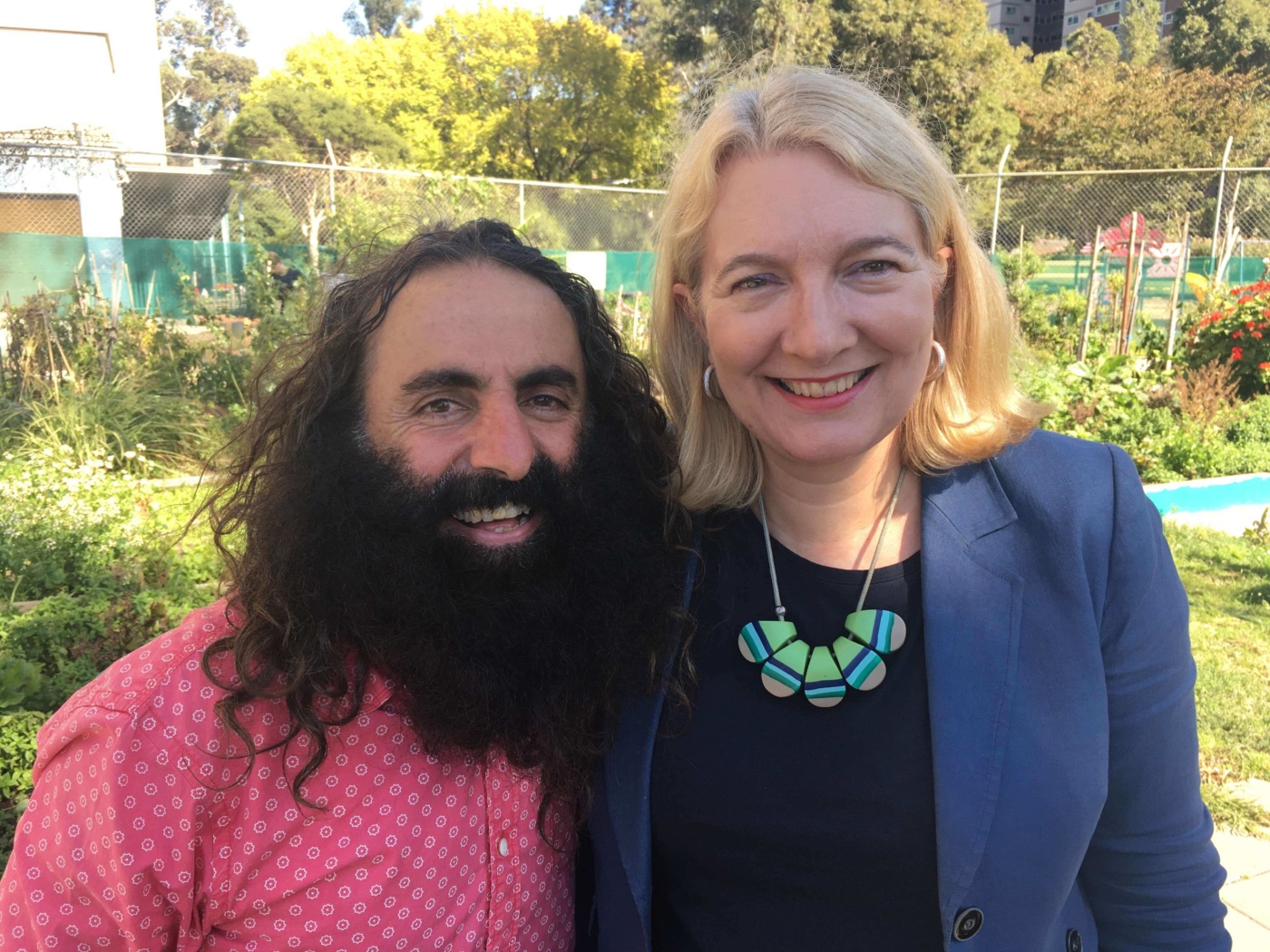
Managing through covid was the biggest challenge.
I was so proud of the team and the way our own previous digital transformation underpinned our ability to keep working and make some very agile grants when we were really needed.
However, it was also a big responsibility to keep the team safe and positive and to continue monitoring the sector for where we could help most. It was a very intense few years.
The other challenge was unexpected.
As a public foundation with fixed board and chair terms, these positions change regularly. While this is great for fresh thinking, it is also a challenge to continually induct new board members and build a relationship of trust with a new chair every few years.
I now envy some of my colleagues in private foundations who have had the same chair for ten years! Of course, there are pluses and minuses in the different NFP governance arrangements.
I have been a CEO for more than 15 years during my career. That is quite a while!
I enjoy finding innovative solutions to social and climate challenges and I expect to keep doing this in different ways.
I plan to work on climate transition, blended finance and catalytic philanthropy through a small portfolio of roles.
I will continue on the boards of Impact Investing Australia and the Australian Environmental Grantmakers Network (which are honorary).
I plan to continue contributing to the issues I care about.

Posted on 03 Dec 2025
Emma-Kate Rose is the co-CEO of Food Connect Foundation, working with communities to support the…

Posted on 26 Nov 2025
Next Wednesday, December 3, All Abilities ambassador Greg Pinson will be celebrating the…
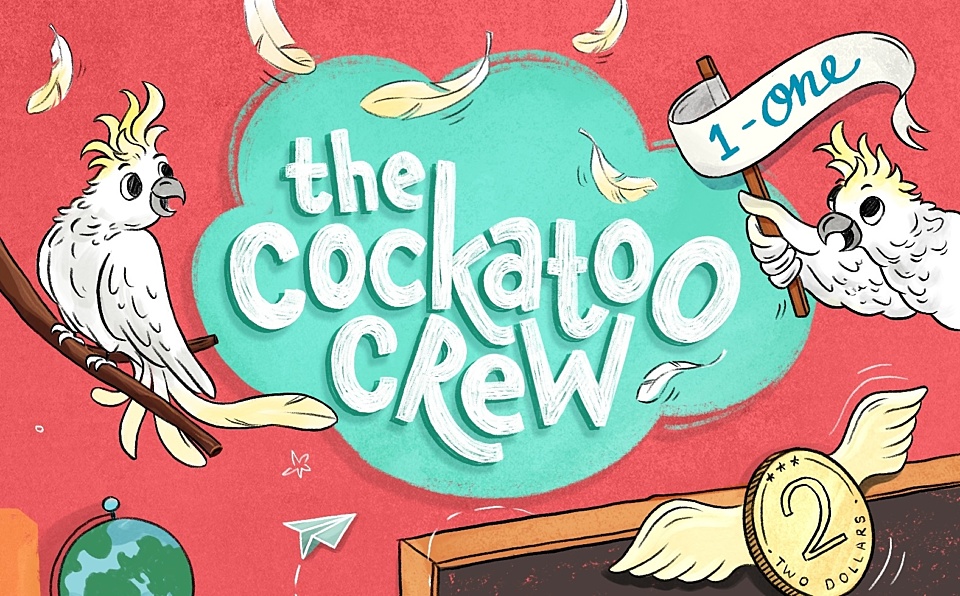
Posted on 19 Nov 2025
Lora Inak is the author of the Cockatoo Crew books, a new children’s fiction series (illustrated by…

Posted on 11 Nov 2025
Project Manta, a long-running scientific study that includes a citizen scientist component, is…

Posted on 04 Nov 2025
Diamando Koutsellis is the CEO of the not-for-profit Australian Ceramics Association, as well as a…

Posted on 28 Oct 2025
Mandy Richards is the founder and CEO of Global Sisters, a charity reinventing employment,…
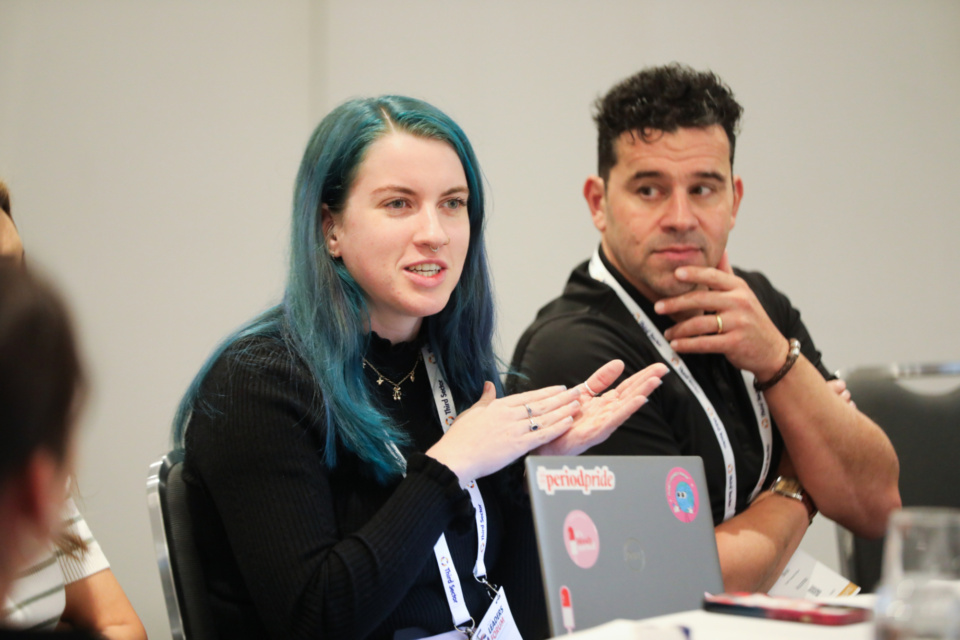
Posted on 22 Oct 2025
Brittiny Edwards is an advocacy and communications specialist for Share the Dignity, a charity that…

Posted on 15 Oct 2025
Starting at noon on Friday, at Brisbane’s Golf Central practice range, next to the airport, Mick…
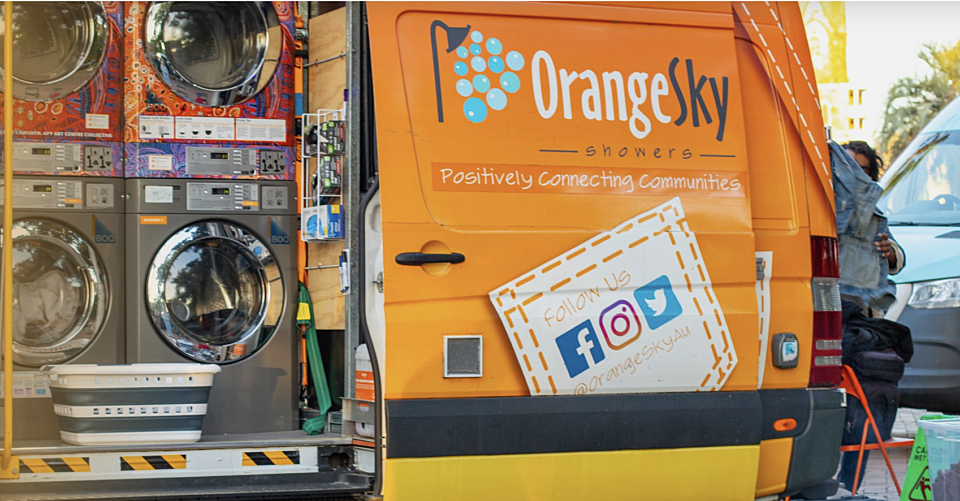
Posted on 07 Oct 2025
Friday is National Homelessness Day, highlighting the needs of those sleeping rough or without a…
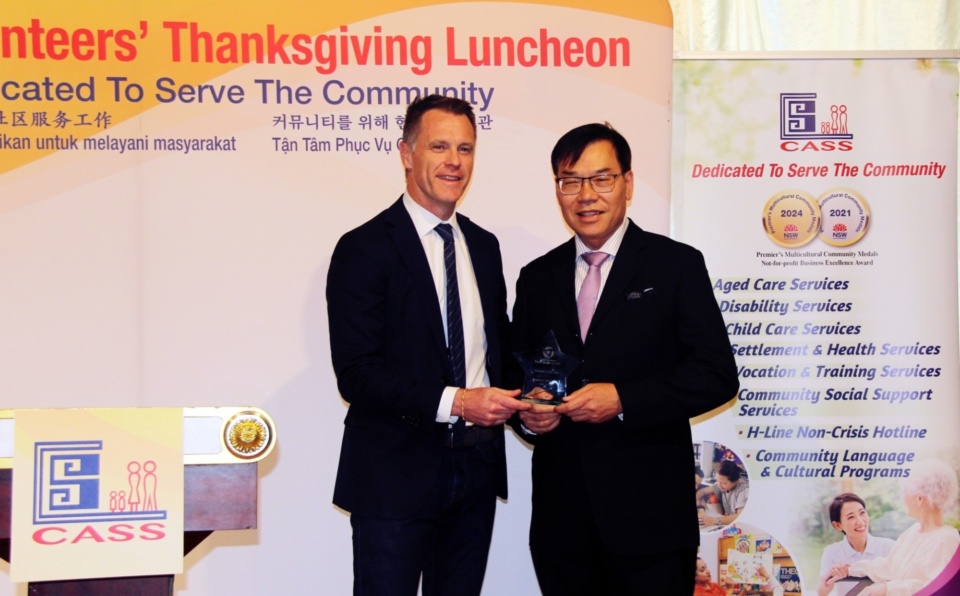
Posted on 30 Sep 2025
Professor Stephen Li, the chair of CASS, was named Volunteer of the Year at the recent Third Sector…

Posted on 24 Sep 2025
International hotel chains play a surprisingly large role in thwarting human trafficking and child…

Posted on 17 Sep 2025
Ben Vasiliou is CEO of The Man Cave, a preventative mental health and emotional intelligence…